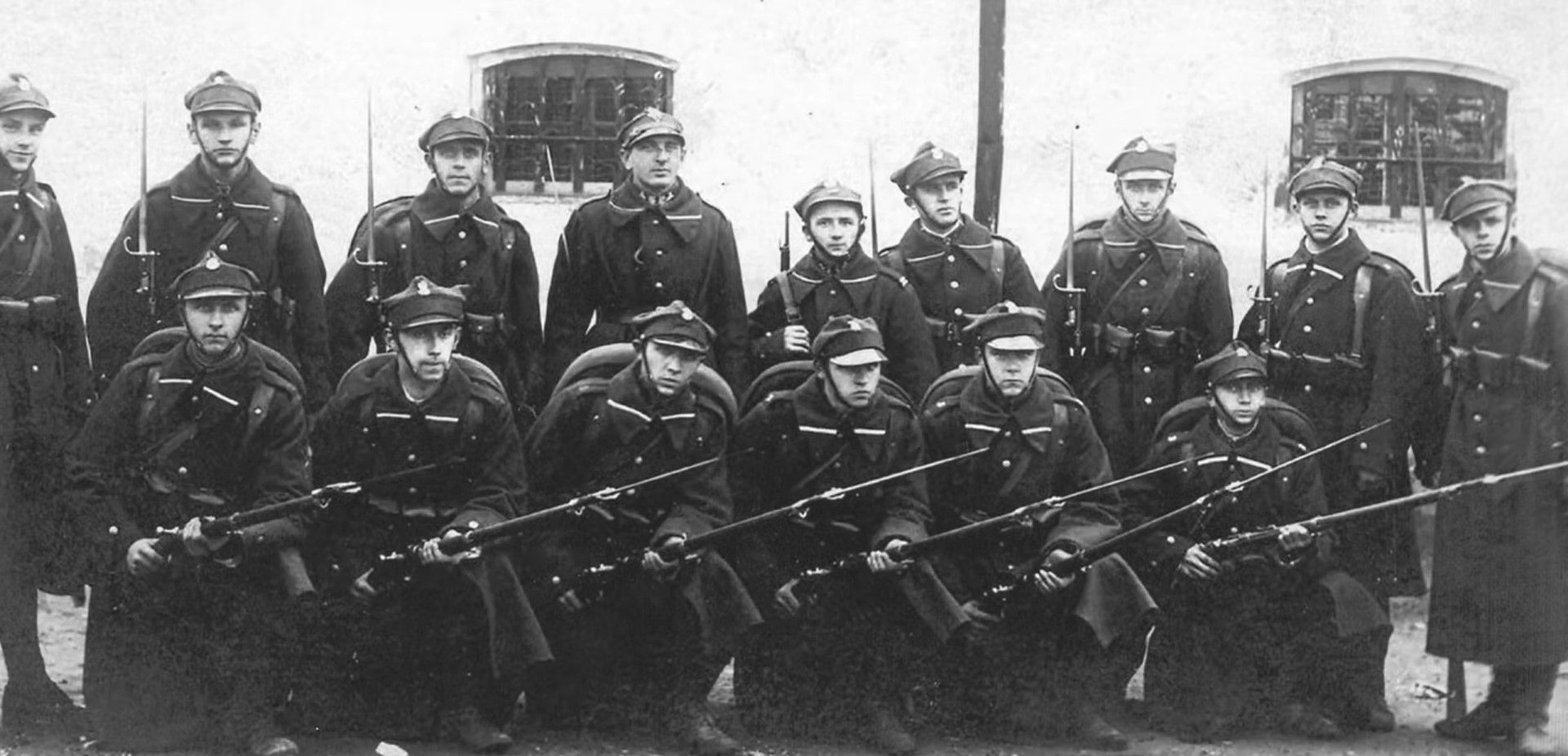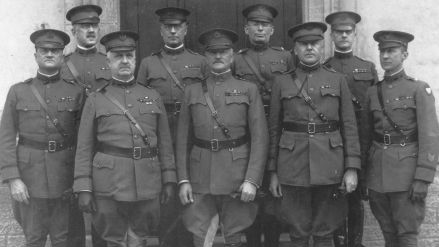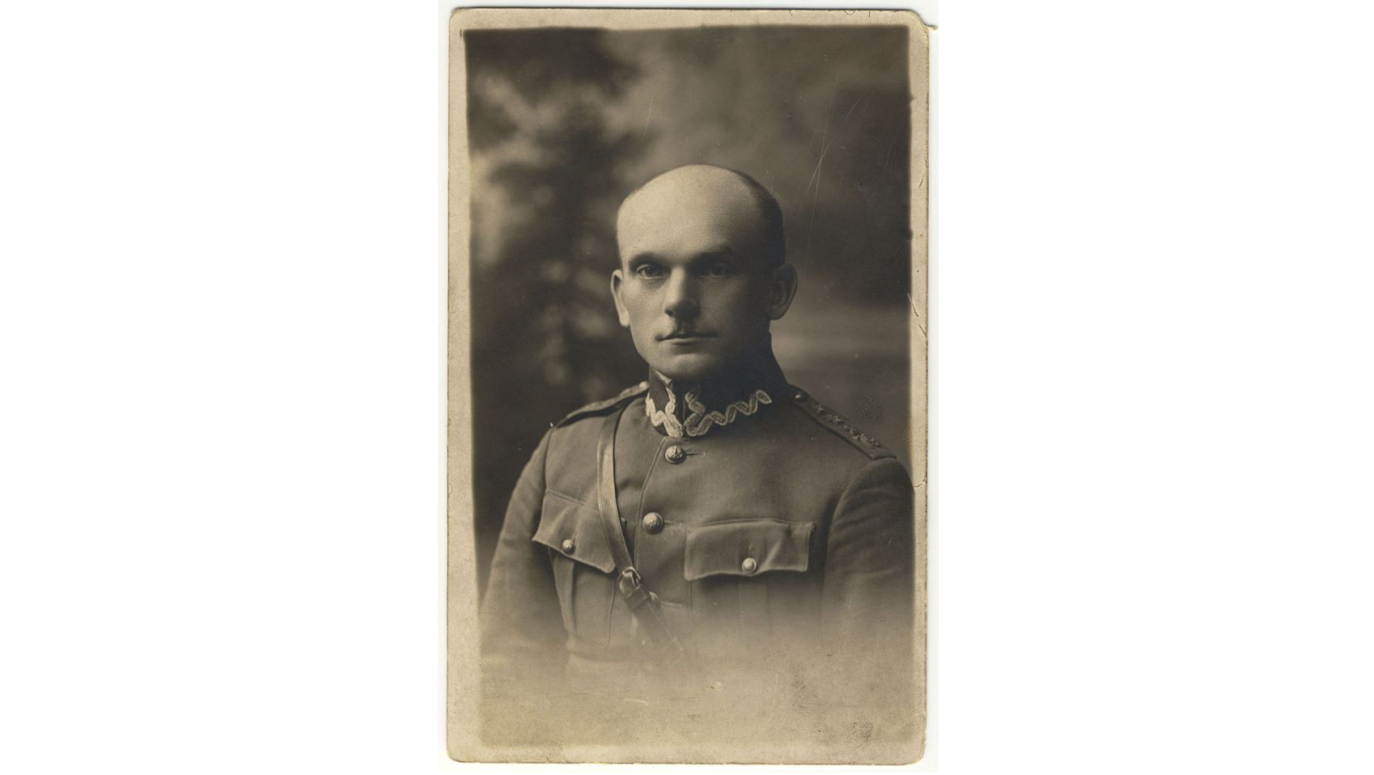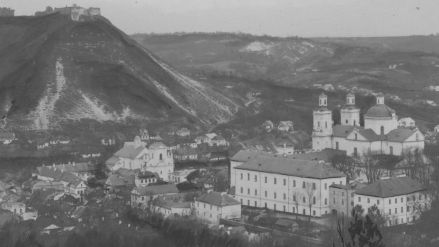Should Grodno have been defended then? As pointed out by Agnieszka Jędrzejwska, PhD in an article on the website “Kresy1939”, “there was no possibility to take up an effective and equal fight. Lack of regular units, armament, defense plan, people’s lives put at risk against an overwhelming enemy force are, of course, the most important arguments one can hardly question”. As she points out, “from the perspective of the inhabitants left alone the answer could be only one – to fight! In the name of honor, dignity, at all costs, even at the cost of life, which happened to many”.
Grażyna Lipińska, in turn, indicated that it was not “a fight that was politically, militarily and strategically reasoned, and directed by people who were prepared for it and responsible for its consequences. It is a general patriotic spurt, a rising of madmen driven by freedom, willingness to sacrifice, and often despair”.
From a political point of view, this fight turned out to be extremely important, because the battle for Grodno is the only one that the Russians admit to – it cannot be concealed. The Soviet author, Piotr Lidow, in his book “The Taking of Grodno” wrote: “The resistance shown by the enemy at Grodno was a pre-mortem convulsion of the Polish army. About three thousand Polish officers who escaped from the Western and Eastern fronts concentrated in Grodno. On the one hand, they had a border with Lithuania, on the other – the advancing Soviet troops. There was nowhere to go ... The arrogant nobles decided to slam the door before stepping off the stage of history. (...) Polish officers, non-commissioned officers, corporals and policemen constantly came to the city. They walked individually on bicycles from Vilnius, Skidel, Suwałki, Osowiec, Białystok, Augustów – escaping from the Soviet and German troops. Twenty generals turned up. There were also ordinary soldiers who managed to convince themselves that the Bolsheviks were bloodthirsty beasts and to fall into their hands meant death. The officer pack quickly made contact with local OZN (Obóz Zjednoczenia Narodowego – National Unification Camp) leaders. This was the name of the ruling party of Piłsudski people, of Śmigłys, Becks and Mościckis. (...) Anyone who agreed to fight was promised a large sum of money. The money was spent the day before. A frantic consolidation of the approach to the city began. (...) Apart from the Piłsudski people, counter-revolutionary scum of various kinds were attracted to the defense of the city ”.
The entire book is written in this style - but it shows that Grodno was struggling.
And the Soviets, just like the Russians today, proved that on September 17, 1939, there was no aggression - because the Poles did not defend themselves. Meanwhile, they did – in Vilnius, Grodno, Kodziowce, Szack and Sarny. And thanks to them showing resistance, the whole Soviet and Russian idea of perceiving history collapsed: the Soviets entered because the Polish government did not actually function (while actually it did), there was no Polish resistance (and yet there was), the Red Army was friendly towards the local population (in fact there were murders) and were happily greeted (sometimes with triumphal gates, but often with rifle shots). That is why it is so important.
– Piotr Kościński
– Translated by Dominik Szczęsny-Kostanecki
TVP WEEKLY. Editorial team and jornalists

 SIGN UP TO OUR PAGE
SIGN UP TO OUR PAGE
 Gornovykh – a Soviet hero
Gornovykh – a Soviet hero






